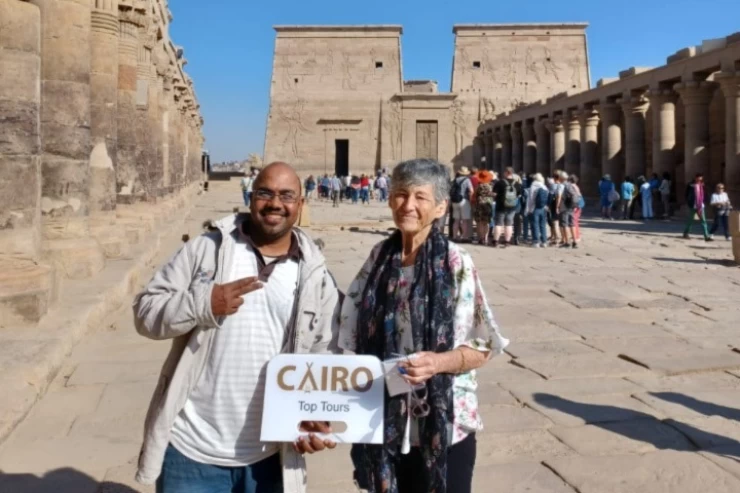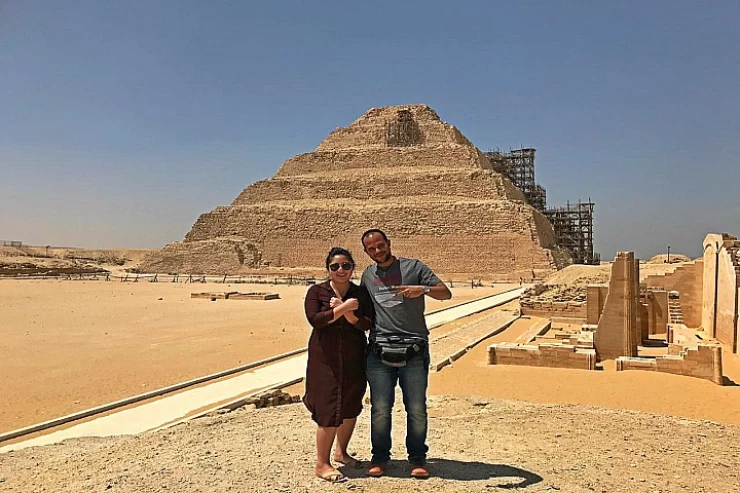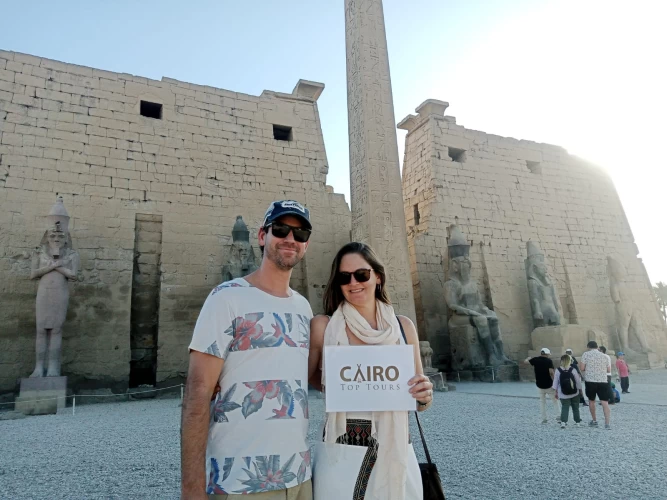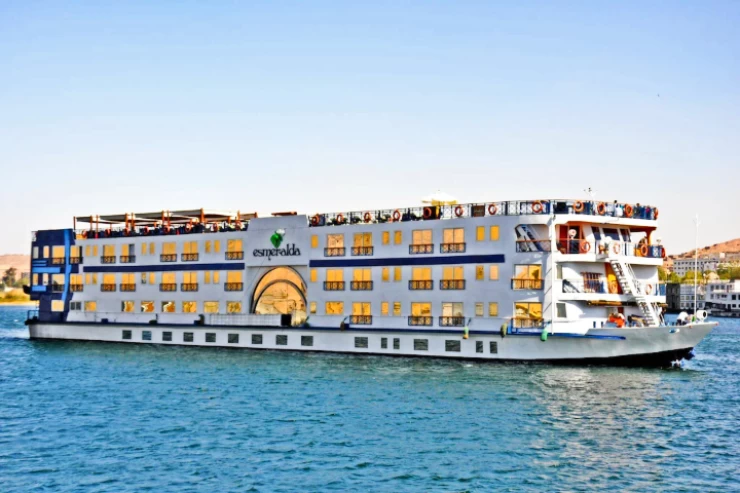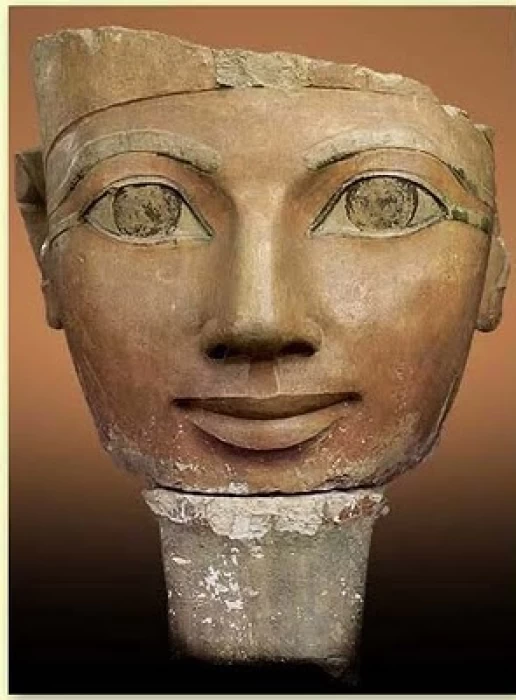
Queen Hatshepsut | Queen of Egypt | The Pharaoh Woman
Hatshepsut: The Woman Pharaoh of Egypt
Daughter of Pharaoh Hatshepsut, exceptionally interesting, she is one of the few women to have ruled the land in the capacity of a pharaoh. During the 18th Dynasty period (c. 1479 to 1458 BCE), this eldest daughter ruled the country as she was known for the rich and peaceful reign. Hatshepsut, instead of military campaigns, turned her attention toward trade, monumental architecture, and religious developments.
Concerning Hatshepsut
Hatshepsut is the Egyptian woman of the royalty. A daughter of Pharaoh Hatshepsut, she was among the very few women to ascend the throne in the capacity of a pharaoh. Such was during the period that is typically called the 18th Dynasty, or from around 1479-1458 BCE in Egypt. She was recognized then for having ruled during a wealthy and peaceful time in history. Rather than military campaigns, she concentrated her efforts on trade, extensive architecture, and religious developments.
The Mortuary Temple of Hatshepsut in Deir el-Bahari is her most renowned monument near Luxor. The magnificent edifice—with terraces and colonnades—stands as a testimony to the reign and the divine authority of this woman. It was under her that Egypt established trade networks, including sending an expedition to the Land of Punt, returning with gold and incense and other exotic goods.
Yet, her immediate successors, notably the stepson Thutmose III, sought to efface their names and monuments from every official record. Notwithstanding, modern archaeology has now sealed her position as one of Egypt's greatest rulers.
Daughter of Pharaoh Hatshepsut, exceptionally interesting, she is one of the few women to have ruled the land in the capacity of a pharaoh. During the 18th Dynasty period (c. 1479 to 1458 BCE), this eldest daughter ruled the country as she was known for the rich and peaceful reign. Hatshepsut, instead of military campaigns, turned her attention toward trade, monumental architecture, and religious developments.
Hatshepsut is the Egyptian woman of the royalty. A daughter of Pharaoh Hatshepsut, she was among the very few women to ascend the throne in the capacity of a pharaoh. Such was during the period that is typically called the 18th Dynasty, or from around 1479-1458 BCE in Egypt. She was recognized then for having ruled during a wealthy and peaceful time in history. Rather than military campaigns, she concentrated her efforts on trade, extensive architecture, and religious developments.
The Mortuary Temple of Hatshepsut in Deir el-Bahari is her most renowned monument near Luxor. The magnificent edifice—with terraces and colonnades—stands as a testimony to the reign and the divine authority of this woman. It was under her that Egypt established trade networks, including sending an expedition to the Land of Punt, returning with gold and incense and other exotic goods.
Yet, her immediate successors, notably the stepson Thutmose III, sought to efface their names and monuments from every official record. Notwithstanding, modern archaeology has now sealed her position as one of Egypt's greatest rulers.







